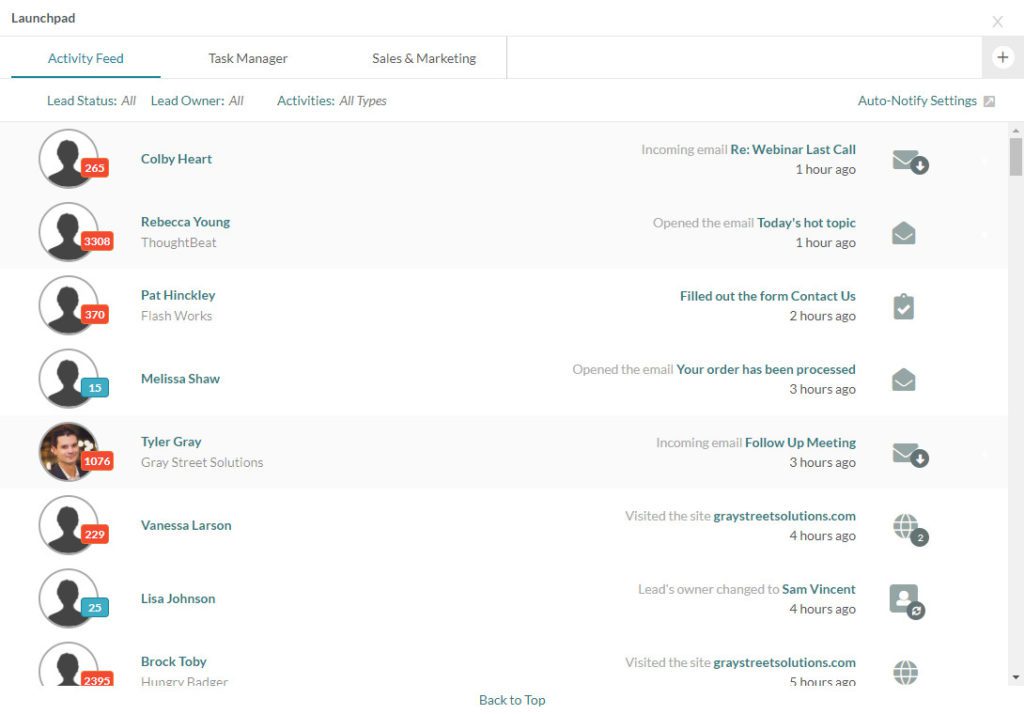Thought leadership content written by subject matter experts has the potential to establish your business at the forefront of your industry and competitors. The problem is that experts in a topic are generally the least skilled people for doing this – excelling within your field doesn’t make you a good writer.
It’s been said that it takes far less time to educate a good writer enough for them to write about a topic than it is to have an expert learn to write. That said, we don’t always have the option of ghostwriting staff – my goal here is to help any expert become a better writer, and if you do have access to ghostwriting services, how best to work with them to ensure that your expertise doesn’t become diluted.
Understanding Your Audience
Before you begin, take a moment to understand your target audience. Who are they? What are their interests, challenges, and questions? A well-targeted article speaks directly to its intended readers, answering their questions, addressing their needs and holding their interest. Off-target readers may become disinterested – that is fine.
A brief note on SEO best practices
Before we dive into writing tips, we first need to understand some SEO fundamentals – good writing is worthless if it doesn’t generate any views. Here are some tips to get you started:
- Start by identifying a few keywords or key phrases that describe your content in the context of the business
- Make sure to use each keyword naturally at least once within your article.
- Use the most important keyword within the title of the article – though this is not always possible to do naturally, try to at least use one word of a key phrase.
- Use an SEO plugin to set the Meta Title, Keywords & Descriptions of your article. This ensures that the title and description appearing in search results and social media mentions of the page are accurate summaries. If you don’t, the first ~160 characters of text on the page will be used instead, which is often only the first half of your introductory text that fails to reflect the full scope of your article.
- Always favor the quality of your content over SEO best practices – If readers can find your article because of good SEO but become disinterested because of the quality, you’ve missed the mark.
- Read up on technical SEO – subtle differences in how you apply headings and configure metadata can make a big difference to how well your content ranks in search results.
Framing Your Topic
Framing sets the context and perspective of your content – it’s the lens that you create, through which your readers will view your writing. Framing establishes implicit underlying assumptions, values, perspectives and worldviews in relation to your topic, and is set throughout your piece. Put succinctly, what stance are you taking on the topic, what opinion do you want your readers to take on?
Apply the Feynman Technique
The Feynman Technique is a four-step process used to help people understand any topic. If you’ve heard of chunking, or breaking down a task or topic into smaller more manageable parts, then this will resonate with you. Once I’ve determined my audience and framing, I’ll use the Feynman technique to understand all of the components of my piece before I start trying to write it well.
I use a slightly modified version of Feynman’s four steps:
- Select a topic that you want to explain
- Explain it to yourself (or someone else)
- Review your explanation for completeness and flow / ordering
- Re-organize your explanation so that it is digestible in the order that it’s presented in and explains all underlying concepts
For thought leadership content, we need to simplify things a bit from the full explanations usually required by the technique – there’s no need to re-explain basic concepts of the industry unless you want to specifically do a deep dive on one of them.
- First, consider your intended audience – which ideas and concepts will they already have knowledge about? Explain those that they might not be expected to know. If the level of knowledge varies among your readers, consider linking your article to related resources on your website (ideally) or externally.
- Consider which of the complex ideas contained in your article are explained to the degree required for your intended reader.
- Ask yourself whether you’re explaining things in the right order for the reader to understand you. If concepts X and Y are required to understand concept Z, make sure that they are explained first.
- It’s very easy to overlook complex concepts hiding within your explanations themselves – you might find yourself needing to explain concepts A and B for your readers to understand X to begin with.
- Ensure that you aren’t explaining too many concepts in a single sentence or paragraph – organize your content so that each sentence explains only one concept and that each paragraph explains only related concepts.
- When you think you’re done, re-read your article, considering the intellectual journey of your readers as they navigate the article – will they be able to understand your writing in the order that it’s presented?
Having used the Feynman technique, you should have organized your knowledge into manageable chunks for the reader to understand.
Start with a Strong Opening
The opening paragraph should immediately grab the reader’s attention and motivate them to continue reading. Start with an interesting fact, a relatable anecdote, or a provocative question. Your opening should also clearly state what the reader will learn by reading your article.
Create an Outline
Once you have all of your concepts broken down, create a high-level outline of the article. This helps you stay on track and ensures you cover all intended aspects without going off on tangents. Start by listing things you’ll include in your introduction, and then write a heading for each of your body paragraphs that outlines the overall flow with each section flowing logically into the next one. You may not end up using all the headings, these are just there as a guideline to keep you on track and avoid lengthy tangents.
Use Storytelling
Incorporating storytelling into your content will make it more relatable and resonate better with your audience. Include personal anecdotes, case stories, or hypothetical scenarios to help illustrate your points. This helps readers to form a personal connection with you through your writing.
Incorporate Visuals
Visual elements like images, charts, and infographics can greatly enhance the appeal of your blog article. They break up text, illustrate points, and make complex information more accessible. That said, make sure that visuals are relevant and add value to the content rather than just being there for decorative purposes.
Create a list of related articles
As you write your article, you’ll often find other related subjects that you want to talk about – we all have a tendency to want to talk about everything all at once. Write down your related topics and include them in your content calendar for the future. As you write those related articles, make sure to go back through old articles and link them to the new ones.
The Role of Ghostwriting and Subject Matter Expert (SME) Collaboration
For businesses and experts who find writing challenging, ghostwriting services are often the solution. In many cases, however, the quality of the writing is far better than the quality of the knowledge imbued by the text. Businesses will often purchase a set of blog articles from a ghostwriting or SEO firm, approving a set of topics in a content calendar and having no further involvement in the process.
The key to successful ghostwritten content lies in effective collaboration between the writer and the subject matter experts – you can still use these services cost-effectively with good results, but you’ll need to be willing to be involved in the process. Interviews with SMEs are crucial for ghostwriters; they provide the depth and insight needed to produce authentic and authoritative content. This collaborative process ensures that the final article reflects the expert’s knowledge and perspective accurately, even if the words are not their own.
It is also critical for SMEs to review the final article before publishing – again, the writer is (usually) not an expert in the topic and won’t necessarily identify inaccuracies or be able to properly reflect the values of the business in their text. Maintaining the credibility of your articles is essential not only for search engines but to maintain the trust of your readers. When I encounter a blog that is clearly ghostwritten, I’ll leave and never come back – I don’t want to read researched pieces, I want to learn from tenured experts in the industry.
Writing readable content as a subject matter expert poses unique challenges, but also offers opportunities to demonstrate thought leadership and engage meaningfully with your audience. The ultimate goal is to share your insights in a way that educates, informs, and inspires, and establishes a genuine connection with your audience and reinforces your position as a trusted authority in your field.





